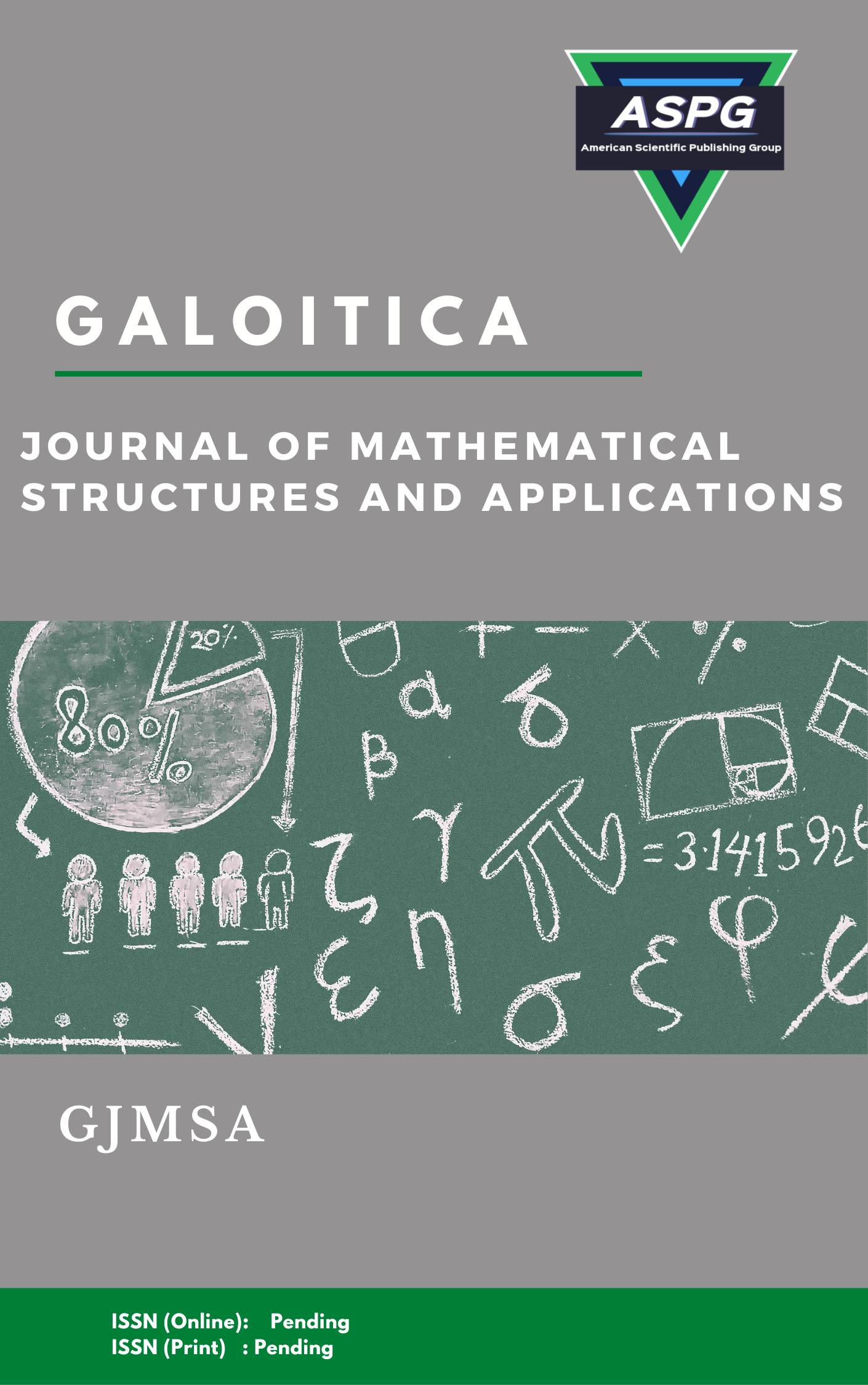

The phenomenon of the failure of rotating mechanical structures is considered one of the dangerous phenomena that researchers are trying to study to find effective ways to avoid it. Many mathematical models describing the mechanism of crack formation in structures and the occurrence of failure in them have been adopted. In this paper, a computer simulation model of the failure mechanism in the intermediate conduction shaft of the ship's propeller (oil shuttle tanker) was designed based on the mathematical model that describes the stages of failure according to the number of revolutions that the shaft bears and the dimensions of fatigue cracks in it. In the beginning, a detailed mathematical model of the crack propagation mechanism was deduced as an initial stage, through which the differential equations that express the failure of the shaft were described. In the second stage, numerical simulations were implemented using the Euler and Rung-Kutta numerical methods used in solving ordinary differential equations. Also, for both methods using the Matlab language to reach the results and accurate graphs and analyze them. In this way it is possible to predict the number of cycles that the column will bear before the collapse, and this will reduce the occurrence of sudden collapses and save time, effort, and costs.
Read MoreDoi: https://doi.org/10.54216/GJMSA.090201
Vol. 9 Issue. 2 PP. 08-14, (2023)
This article introduces the concept of neutrosophic soft n-topological spaces and their application in decision-making problems. Neutrosophic soft sets are used to define the open sets in these spaces, which allow for greater flexibility and uncertainty in the decision-making process. The concept of neutrosophic soft n-homeomorphism is also introduced, which describes the topological equivalence between two neutrosophic soft n-topological spaces. The article provides examples of how neutrosophic soft n-topological spaces can be used in decision-making problems, such as medical diagnosis and stock market analysis. The theory and applications presented in this article provide a valuable tool for dealing with uncertainty in decision-making problems.
Read MoreDoi: https://doi.org/10.54216/GJMSA.090202
Vol. 9 Issue. 2 PP. 15-21, (2023)
Wireless Sensors Networks (WSNs) are a scientific revolution in wireless communications and embedded systems. WSN is based on the idea of abandoning the human factor, which was often an obstacle because it was not possible to be in the places where these networks are placed, especially if the collection of information required a long time, Underwater wireless sensor nodes can be deployed for monitoring, exploration, and for disaster protection, and this is what is called Underwater Wireless Sensor Networks (UWSNs). nIn this paper, we will study how the parameters of the genetic algorithm change when locating sensors under water, Including the error rate, the number of nodes in the network and the time taken to implement.
Read MoreDoi: https://doi.org/10.54216/GJMSA.090203
Vol. 9 Issue. 2 PP. 22-30, (2023)
The objective of this paper is to study and analyze the accuracy of 1 U cube-sat on low orbit by using the mathematical novel space of dual (non real) representation numbers and with Extended Kalman filter algorithm. Also, we analyze the numerical results and compare its dual representation with the classical representation by using the formulas of projective duality of spaces between dual case and classical case.
Read MoreDoi: https://doi.org/10.54216/GJMSA.090204
Vol. 9 Issue. 2 PP. 31-40, (2023)
This paper is dedicated to study the algebraic properties and meta-structures that are related to symbolic 15-plithogenic with symbolic plithogenic real entries, where symbolic 15-plithogenic eigenvectors and values will be discussed and presented in terms of theorems. As well as, the computation of determinants, inverses, and scalar values.
Read MoreDoi: https://doi.org/10.54216/GJMSA.090205
Vol. 9 Issue. 2 PP. 41-48, (2023)
In this work the author introduces new separation axioms and Studies of its basic characteristics. In addition, he studied to the implication of these new separation axioms among themselves and with the well- known separation axiom sbinray − T0 , binray − T1and binray − T2 are obtained previously. Finally, we explore some results implementing , binary continuous , binary contra continuous based on our defined definitions.
Read MoreDoi: https://doi.org/10.54216/GJMSA.090206
Vol. 9 Issue. 2 PP. 49-55, (2023)